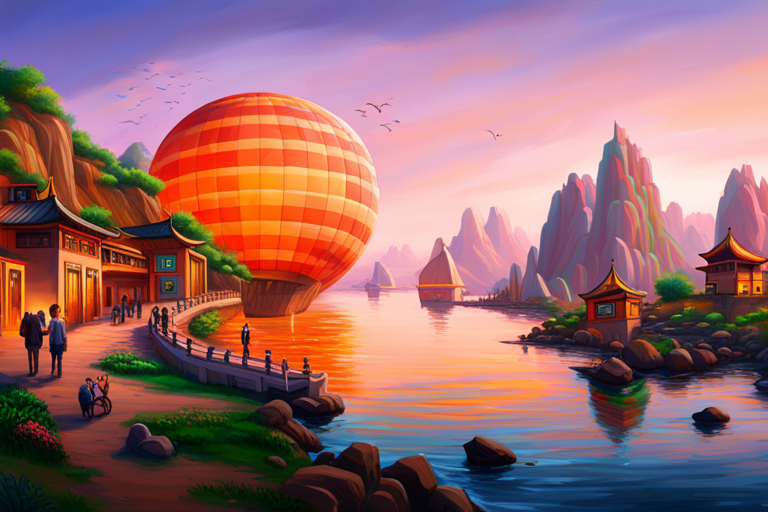Midjourney China" Launches and Disappears: What Happened to This Revolutionary AI Art Platform?

Midjourney China" Launches and Disappears: Is This the Future of AI Art?
As the chief editor of mindburst.ai, I'm always on the lookout for the latest in AI technology and innovation. When I heard about "Midjourney China," a new generative art platform that appeared to be making waves in the world's largest internet market, I was intrigued. But after the platform's announcement disappeared just one day after it launched, I couldn't help but wonder: is this the future of AI art, or is something more sinister at play here?
Here's what we know so far:
-
Midjourney is a ten-month-old generative art platform that has garnered a global following for its unique and stunning artworks, which are created through a combination of AI algorithms and human curation.
-
On Monday, a corporate account named "Midjourney China" posted an article on the Tencent-owned social platform WeChat, announcing that it had started accepting applications for beta test users in China.
-
The post was met with an overwhelming response, and users quickly filled up the first quota on launch day.
-
However, just one day after the announcement, the post disappeared from WeChat, leaving many users confused and frustrated.
So what's going on here? Here are a few theories:
-
Midjourney China may have simply been overwhelmed by the response and decided to take down the post temporarily to regroup and prepare for the influx of beta testers.
-
The platform may have run afoul of Chinese censors, who are known for cracking down on content that they deem politically sensitive or harmful to public morals.
-
There may be something more sinister at play here, such as a cyberattack or hack that targeted Midjourney China specifically.
Of course, without more information from Midjourney China itself, it's impossible to say for sure what happened. But as an AI expert and enthusiast, I can't help but feel concerned about the implications of this incident.
Generative art is an exciting and rapidly evolving field, and platforms like Midjourney have the potential to revolutionize the way we think about creativity and expression. But as with any new technology, there are risks and challenges involved - and incidents like this only underscore the need for transparency, accountability, and security in the AI industry.
So what's next for Midjourney China? Only time will tell. But one thing is for sure: as AI continues to shape our world, it's more important than ever to stay informed and engaged with the latest developments in the field.
Trivia: Did you know that the first generative art program was created in 1956 by computer programmer Michael Noll? The program used a random number generator to create abstract patterns and shapes, and was one of the earliest examples of computer-generated art.